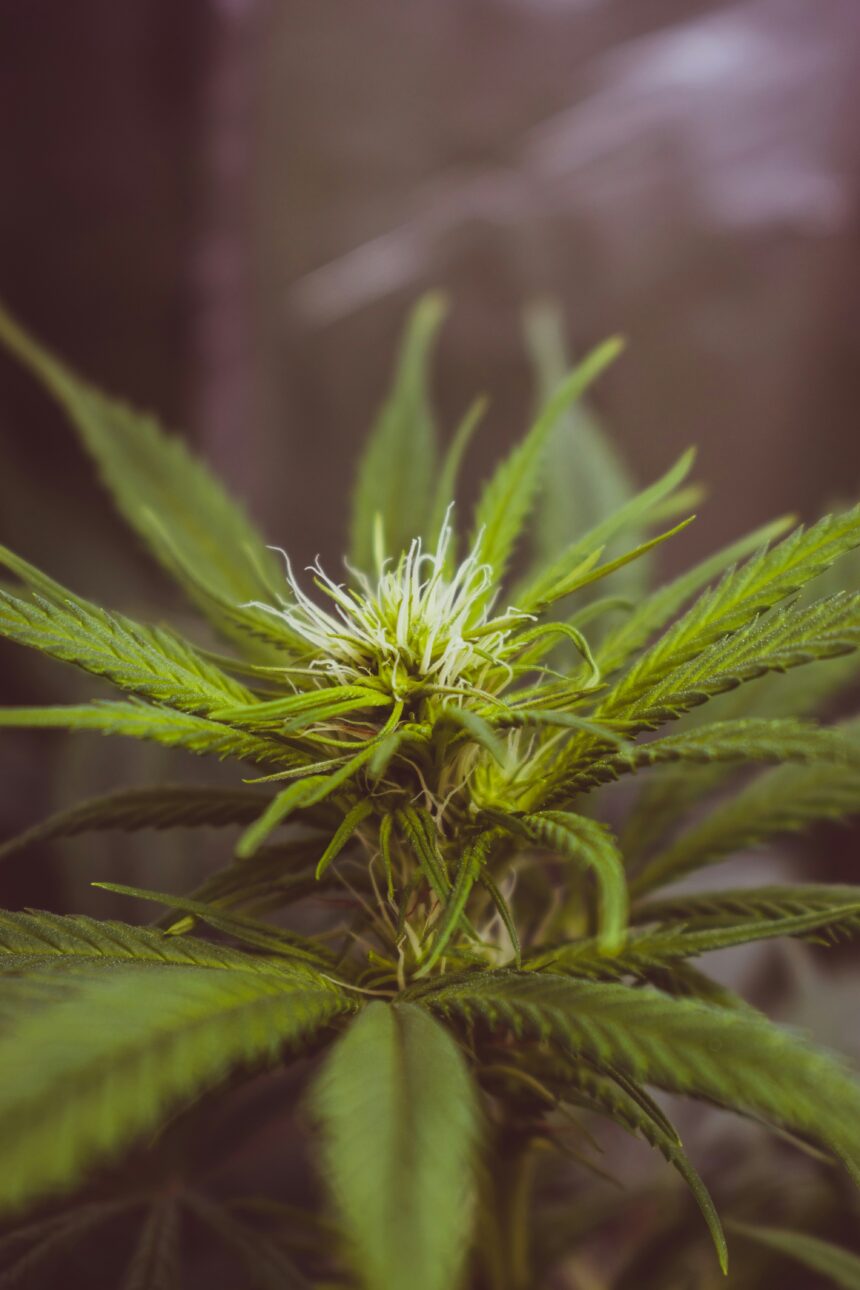Cultivating cannabis for oneself or others can be gratifying and rewarding. Superior yields and healthier plants can result from grasping the fundamentals and implementing efficient methods for cannabis gardening.
You can improve your cannabis gardening endeavors and attain more success by adhering to the tips below.
1. Choose the Right Strain
Selecting the appropriate strain is essential for growing cannabis successfully. Each strain has unique needs in terms of environment, nutrition, and light, all of which can have a big impact on the strain’s ability to thrive and produce. Certain strains are more adapted to uncontrolled surroundings because they are more resistant to illnesses and pests, while others might need particular circumstances in order to flourish.
Think about things like the environment where you live, if you want to grow indoors or outdoors, and the effects you want cannabis to have. You may maximize plant health, increase output, and guarantee a more satisfying gardening experience by investigating strains that match your growing environment and cultivation objectives.
2. Understand the Growth Stages
An understanding of the many stages of cannabis plant growth is essential for effective gardening. The four main stages of the life cycle, germination, seedling, vegetative, and flowering, each call for different conditions and attention. A warm, humid atmosphere is required to promote the germination of the best cannabis seeds. To guarantee that the young plants grow robust roots and branches, the seedling stage needs close attention to light and water.
Plants require a lot of nitrogen during the vegetative stage in order to support their rapid growth, which calls for frequent feeding and exposure to enough light. In order to encourage bud growth, the flowering stage moves the emphasis to increased phosphorus and potassium levels. Better growth and development can result from paying great attention to the demands of the plants at every stage and modifying care as necessary.
3. Optimize Soil and Nutrients
Growing robust and fruitful cannabis plants requires optimizing the soil and nutrients. To offer vital nutrients and enhance soil structure, start with premium organic soil that has been supplemented with compost. Maintaining a slightly acidic pH between 6.0 and 7.0 is crucial for optimum nutrient absorption and to avoid shortages.
Regular soil testing can help with this. Use a well-balanced fertilizer that contains essential micronutrients like calcium, magnesium, and sulfur, together with important macronutrients like nitrogen, phosphorus, and potassium. Adjust the nutrient mix according to the stage of growth of the plant; for strong bud development during the flowering phase, increase the amount of potassium and phosphorus.
Additionally, to improve plant resilience and health, think about adding organic supplements like amino acids or seaweed extract. This all-inclusive method of managing the soil and nutrients encourages rapid development, improves flowering, and guarantees an abundant yield.
4. Monitor Light and Water
Cannabis plants require careful observation of the light and water conditions in order to grow and thrive. Using LED grow lights for indoor production guarantees a comprehensive spectrum of light that supports every stage of growth, offering 18 hours during the vegetative stage and 12 hours of light during blooming. Maintaining appropriate irrigation techniques is also crucial.
A plant’s health can be negatively impacted by both overwatering and underwatering; therefore, avoid both. To establish and maintain the ideal environment, indoor gardens need to invest in top-notch grow lights, ventilation systems, and climate control equipment. Maintaining ideal growing conditions will encourage healthier plants and maybe larger yields if these elements are regularly monitored and adjusted.
5. Maintain Proper Airflow
Cannabis plants require adequate ventilation to remain healthy and productive. Reducing the risk of mold and mildew is possible through effective ventilation, which helps control temperature and humidity levels. By encouraging even air circulation around the plants, oscillating fans help avoid stagnant conditions, which can impede growth.
For the purpose of delivering fresh air and removing stale air, an exhaust system is also essential for maintaining proper ventilation in an area. In addition to promoting plant health, adequate ventilation fortifies stems and branches, making plants stronger and possibly increasing harvests. You may establish ideal circumstances for strong cannabis production by making sure that there is constant ventilation and air circulation.
Conclusion
When done properly, cannabis cultivation may be a fulfilling and interesting experience. You may grow healthy plants and get good results by following the tips above.


